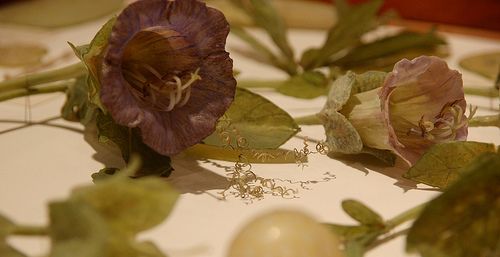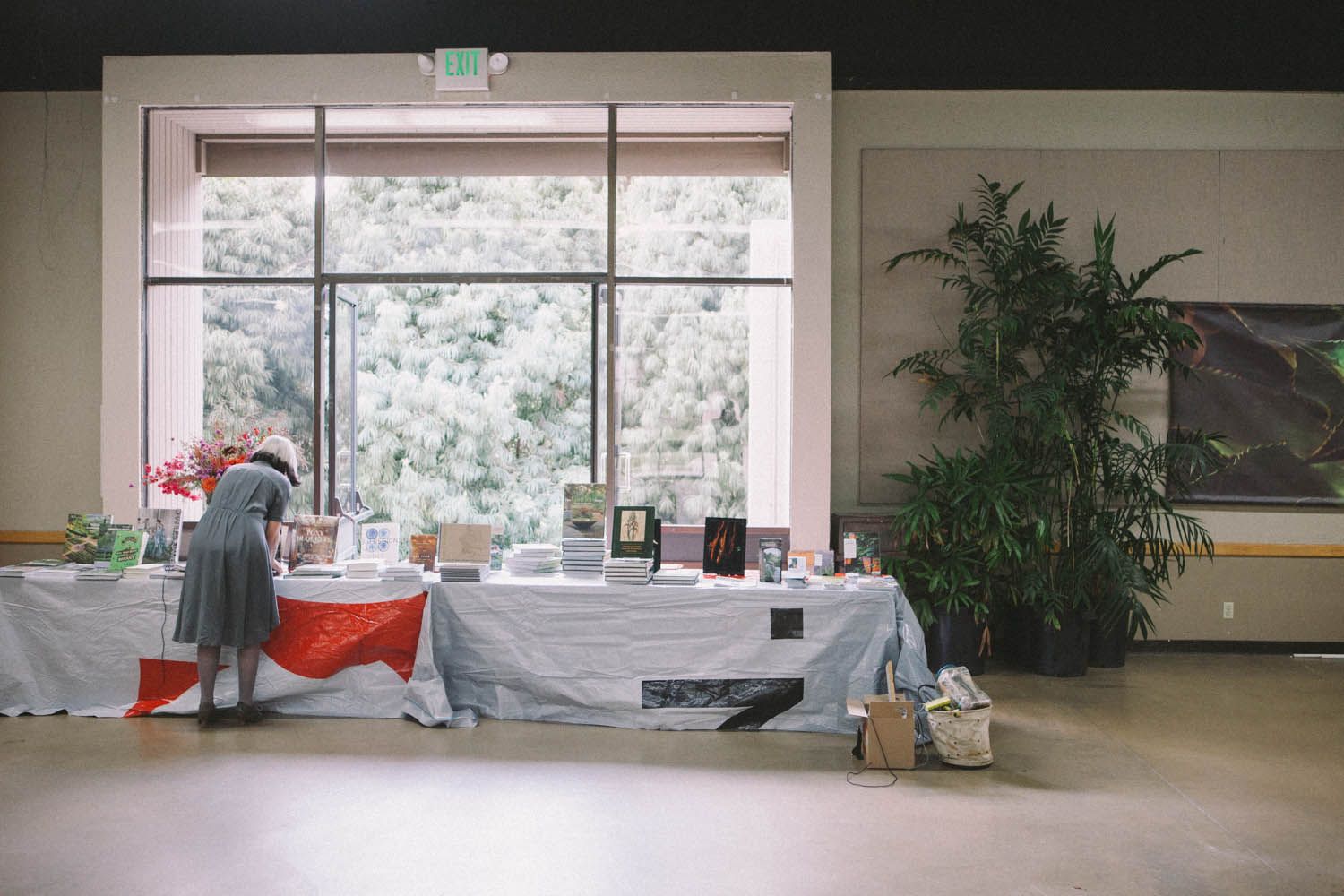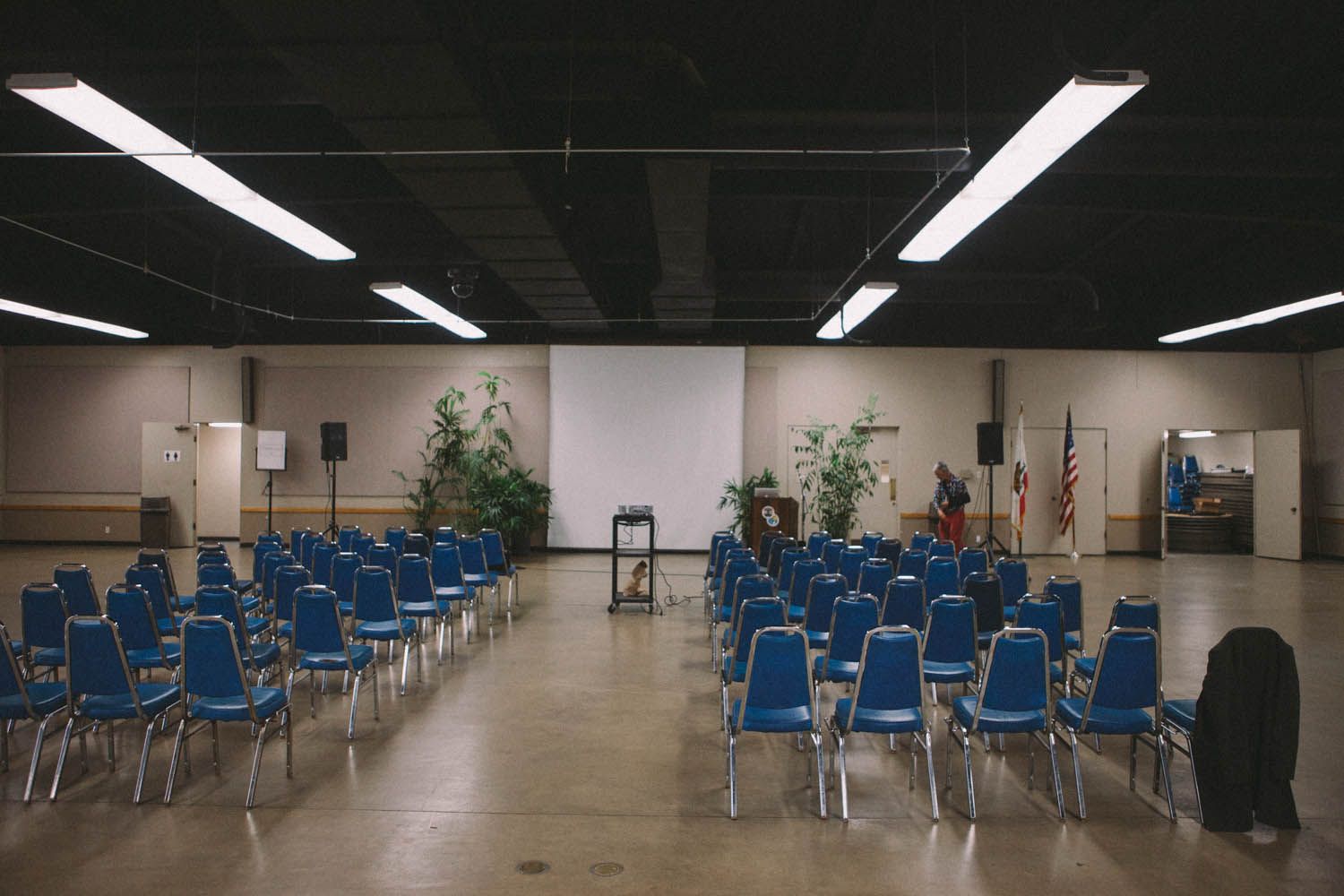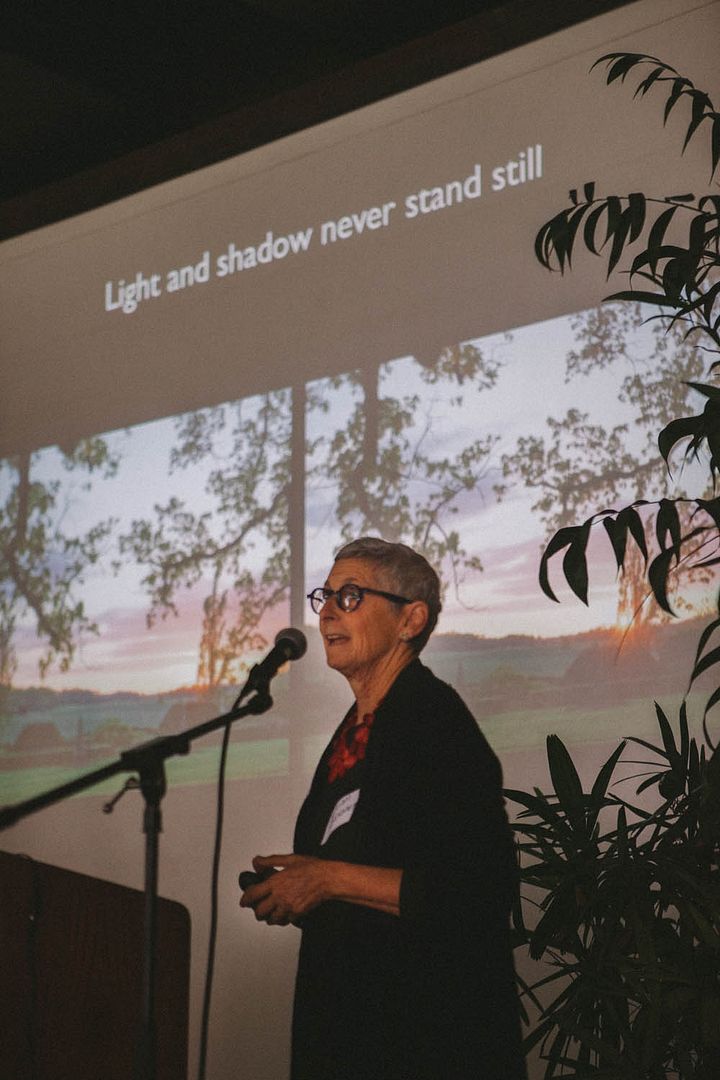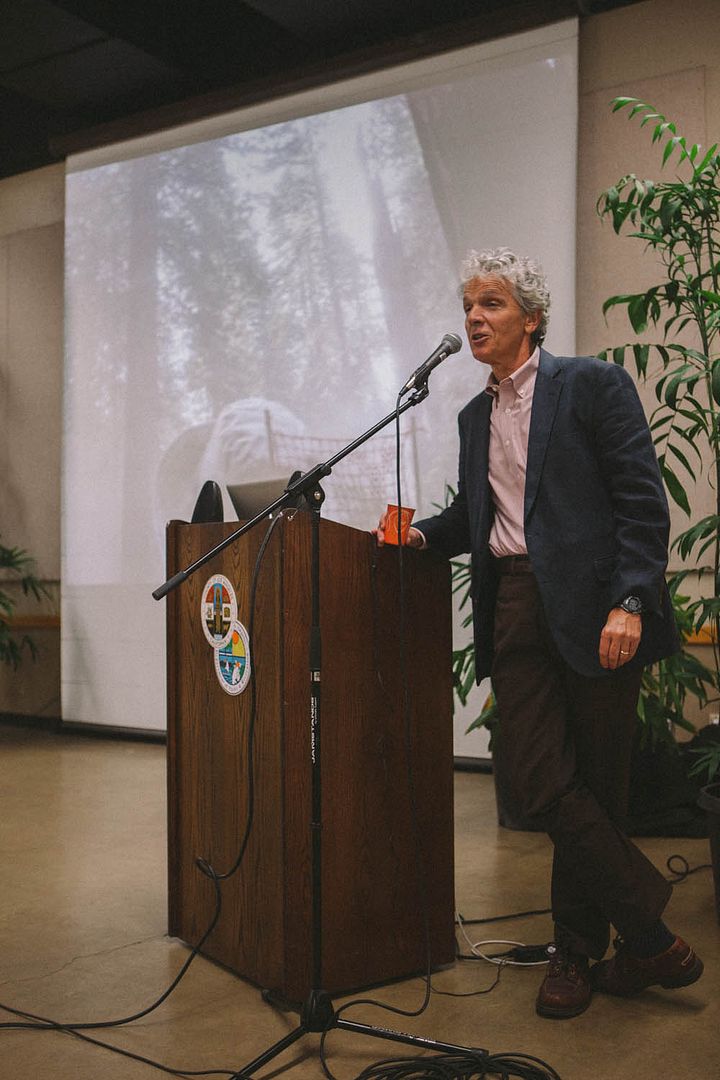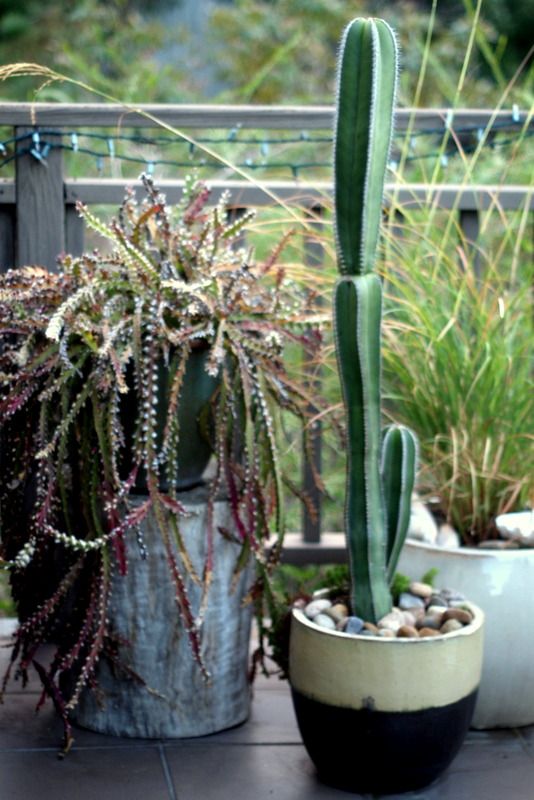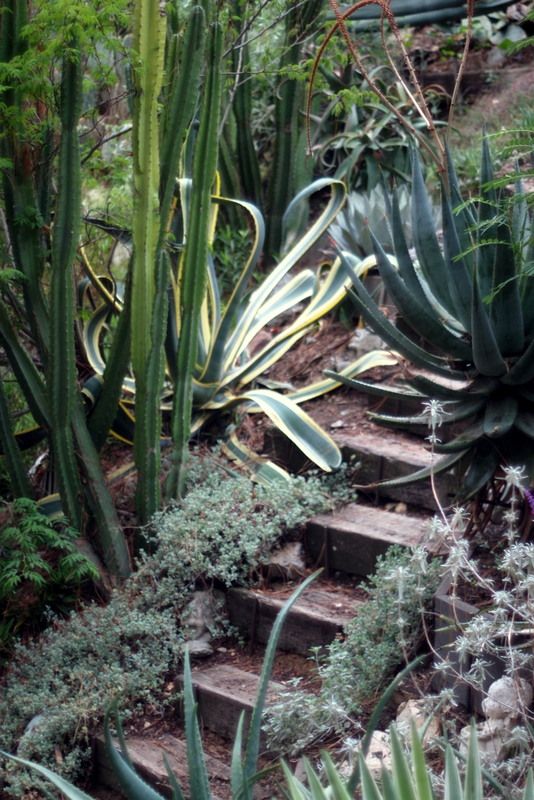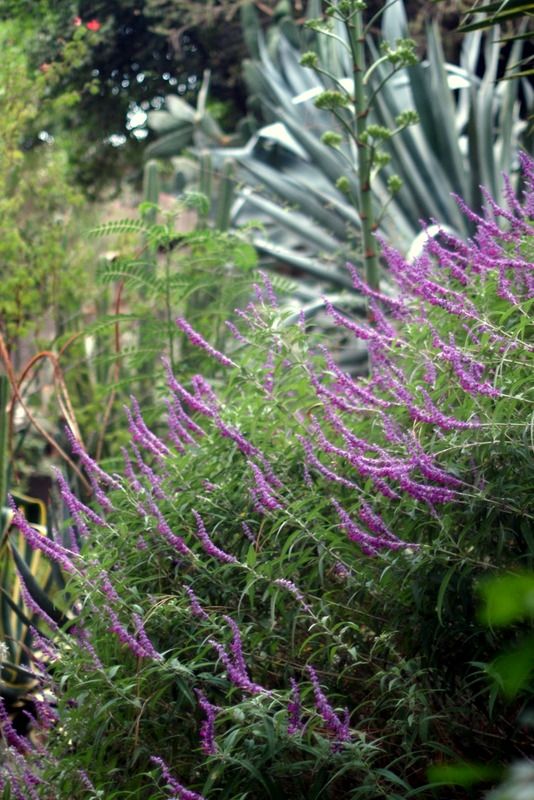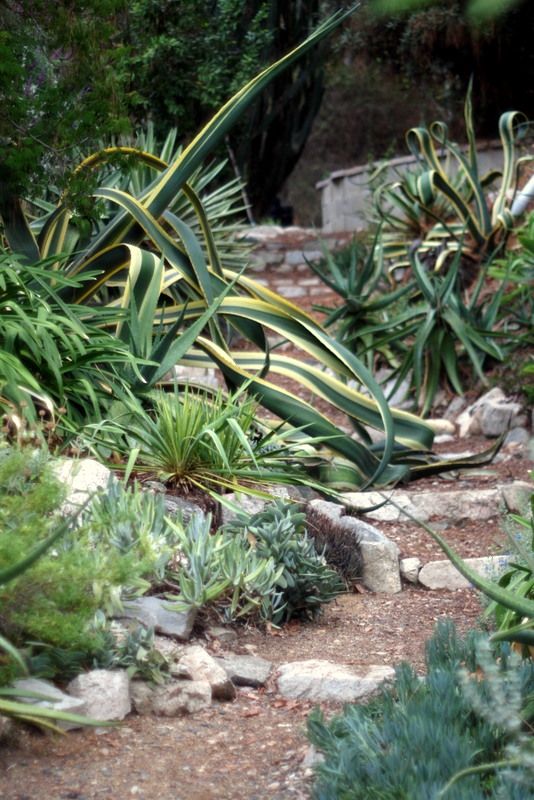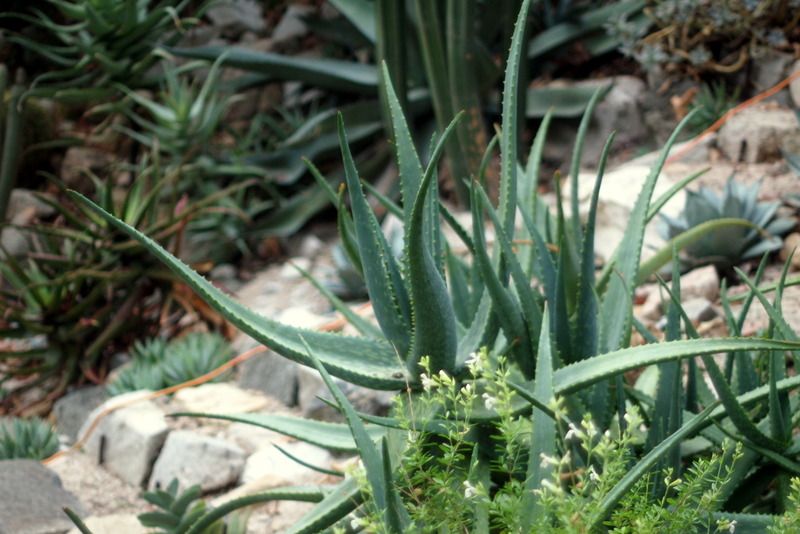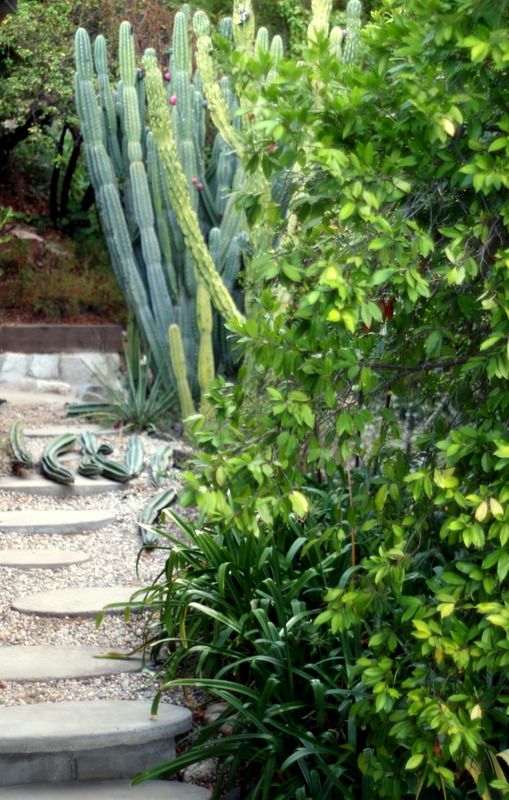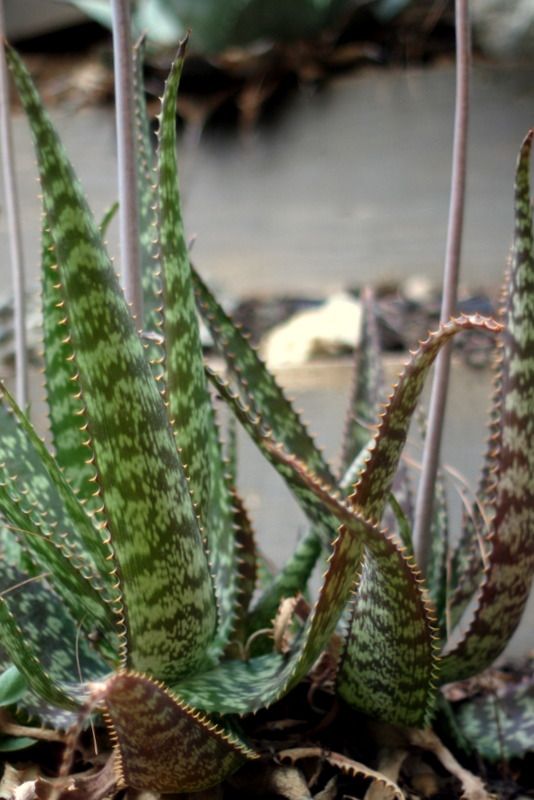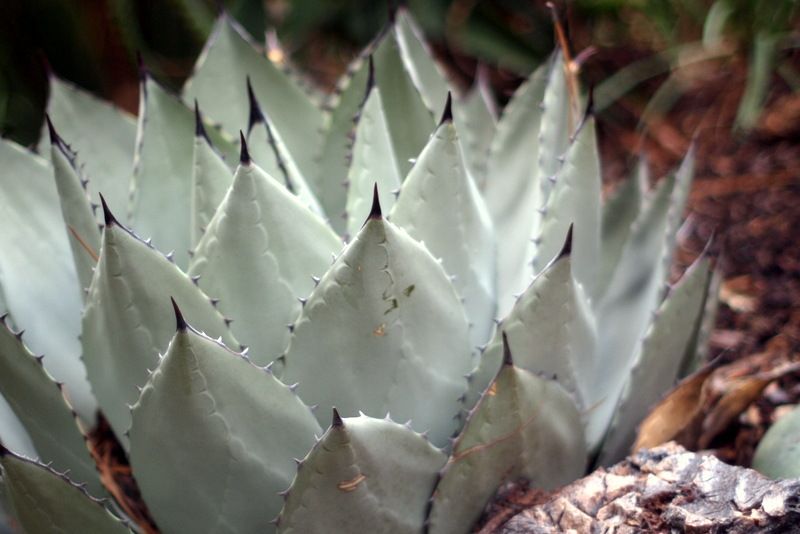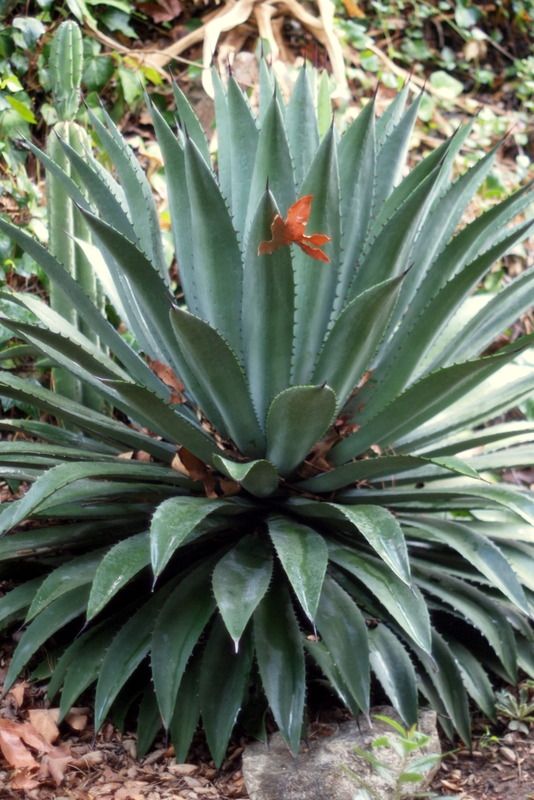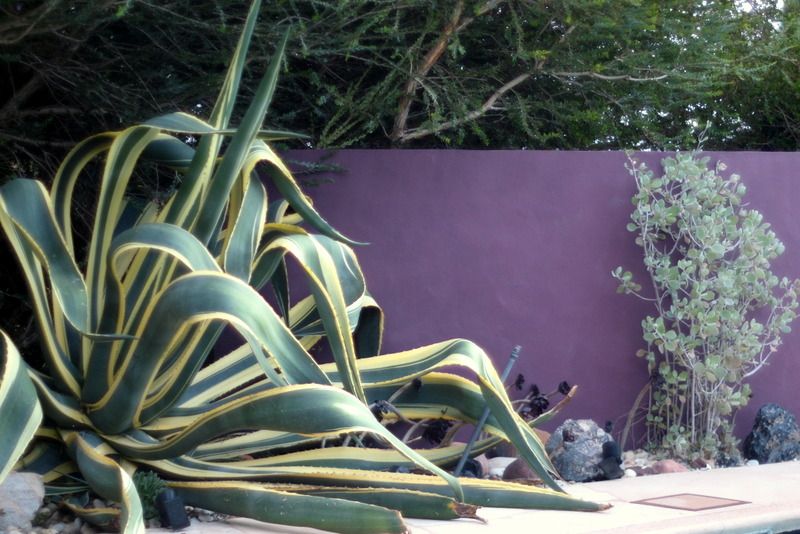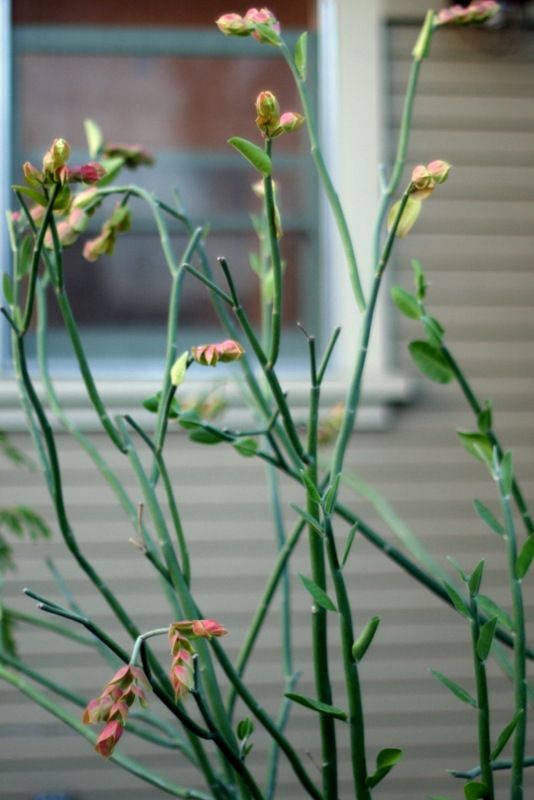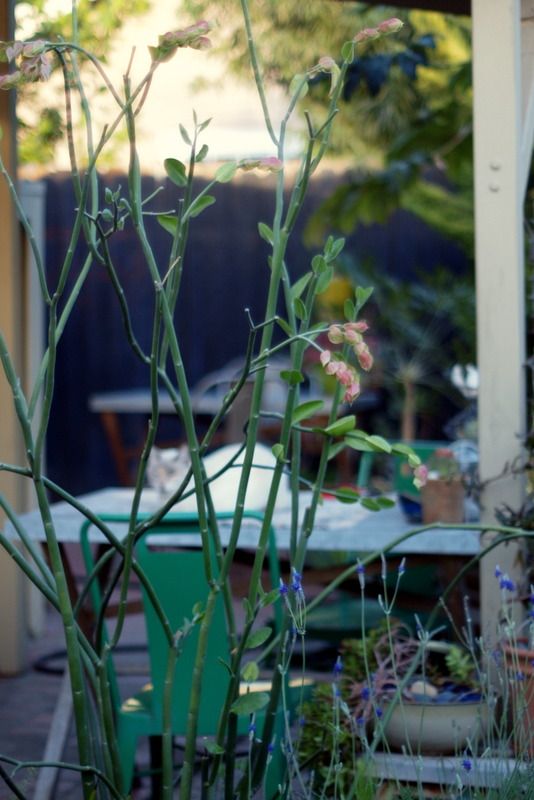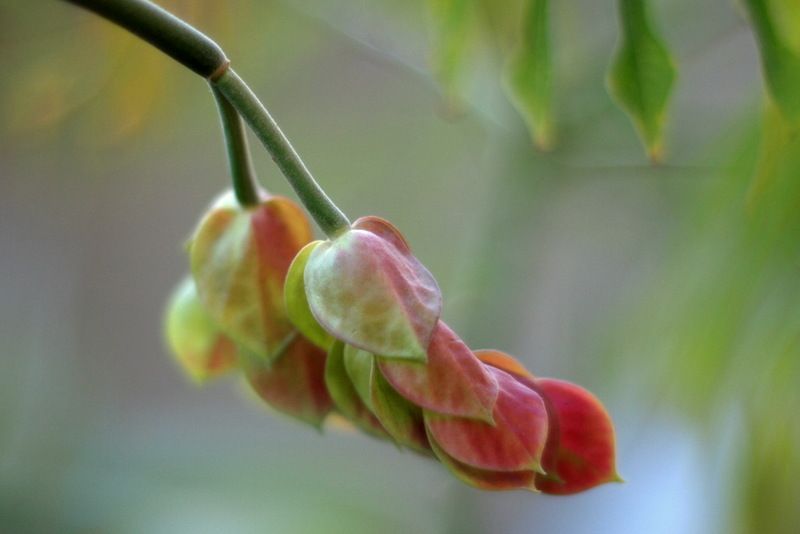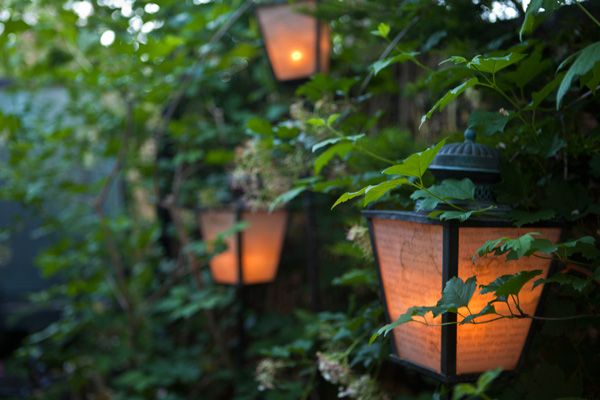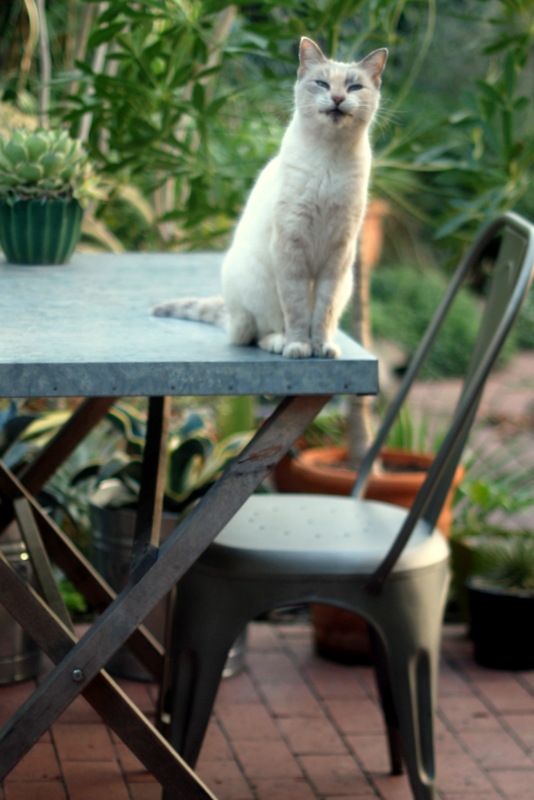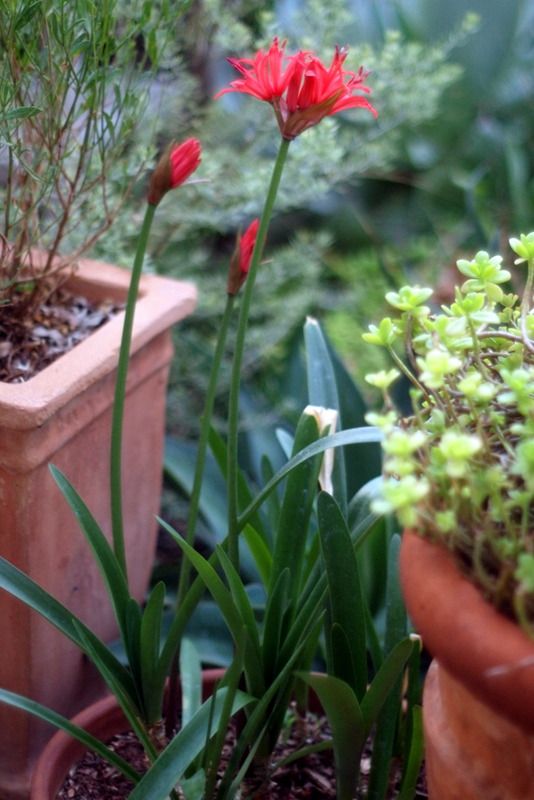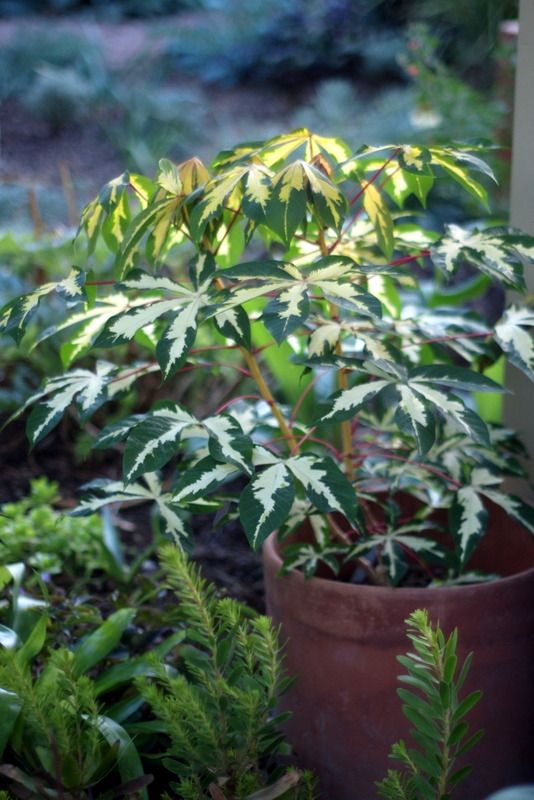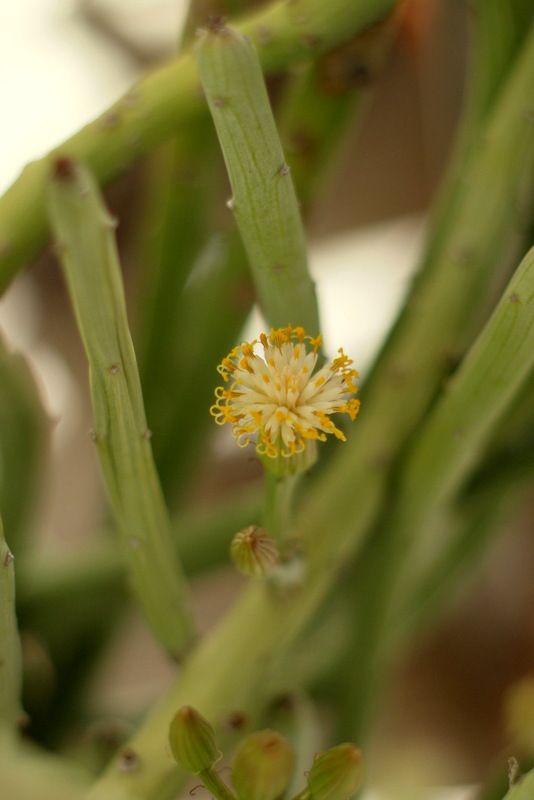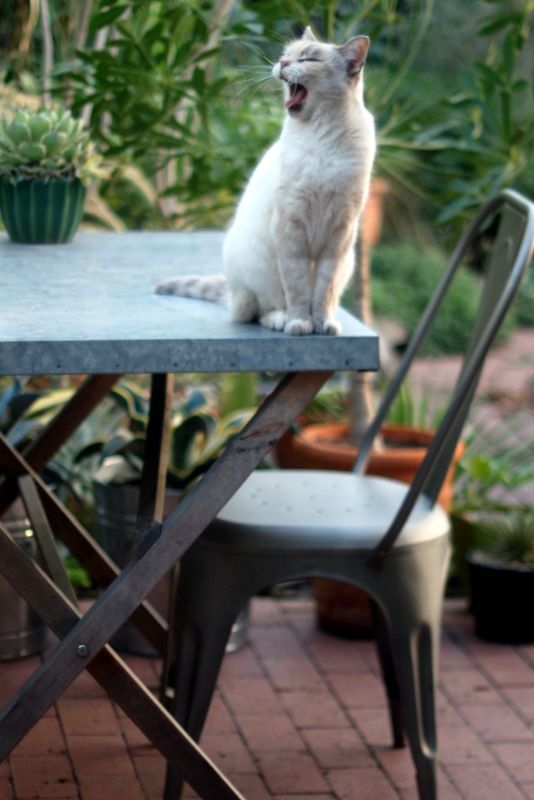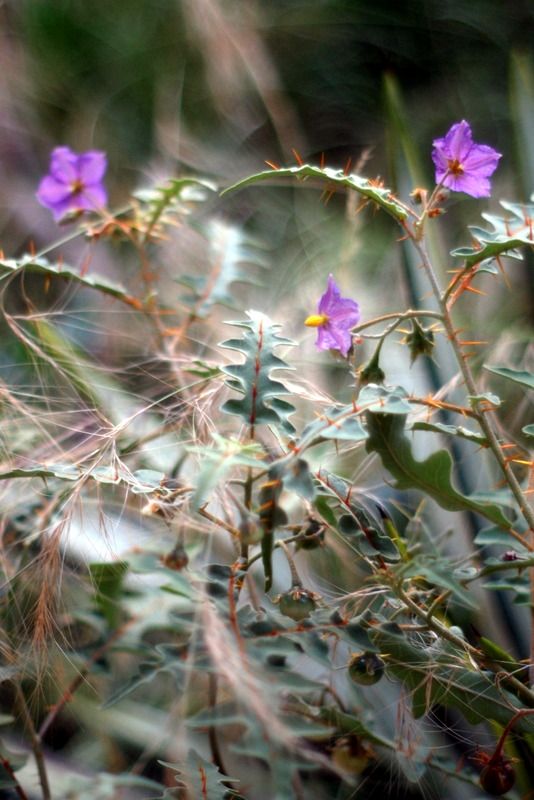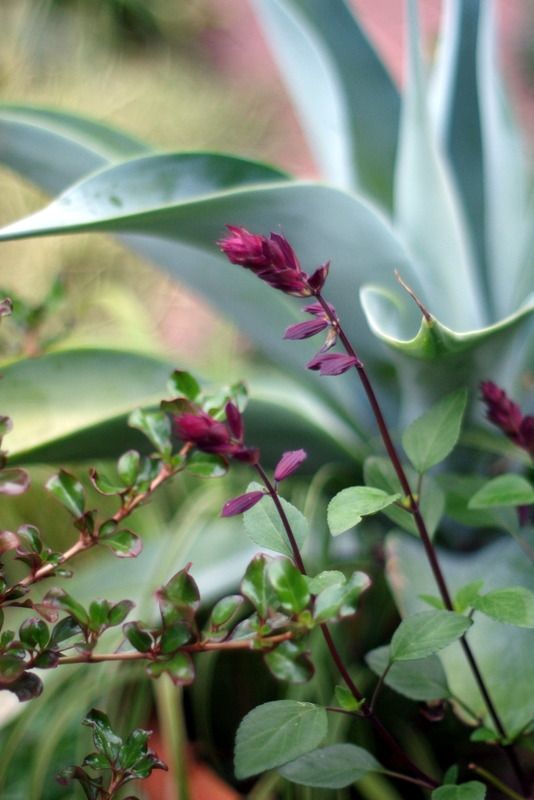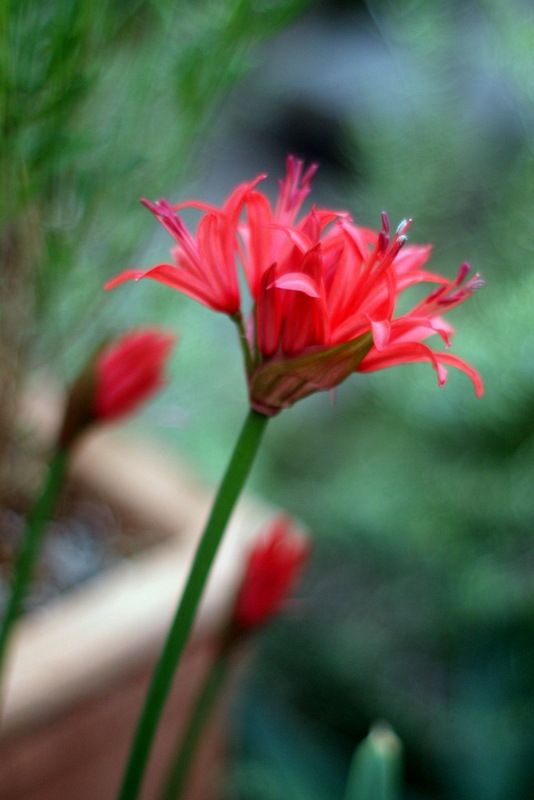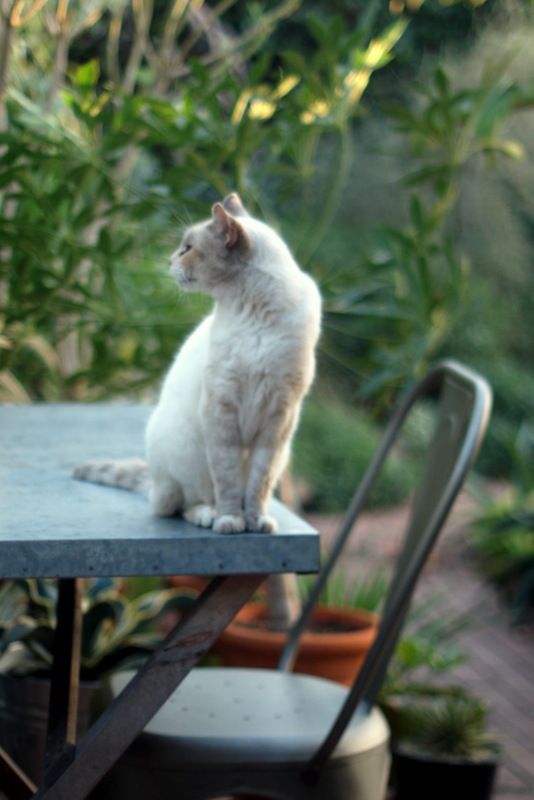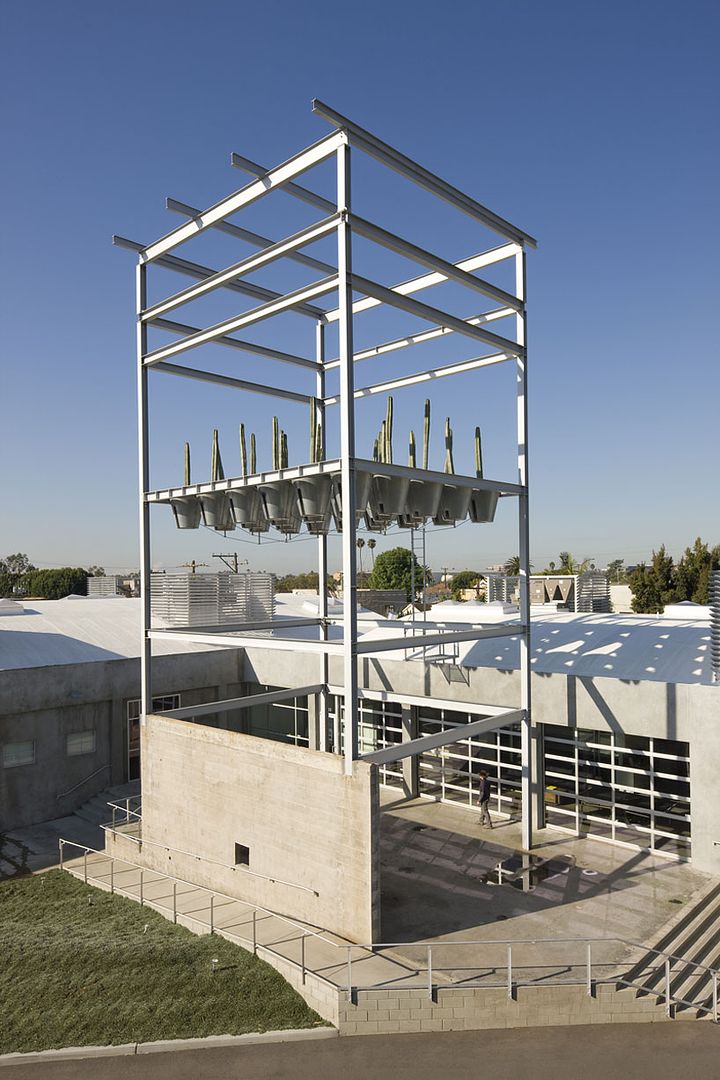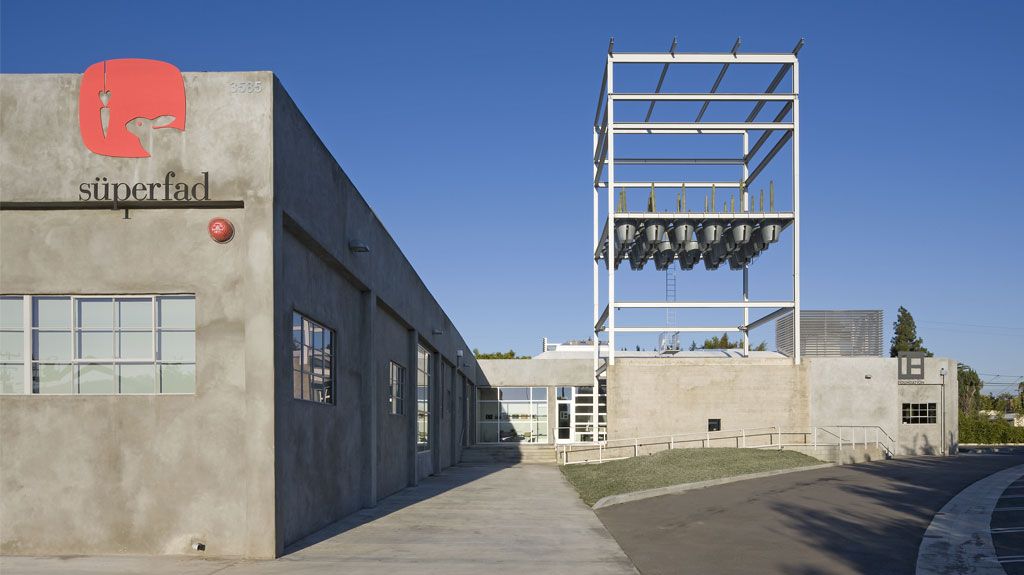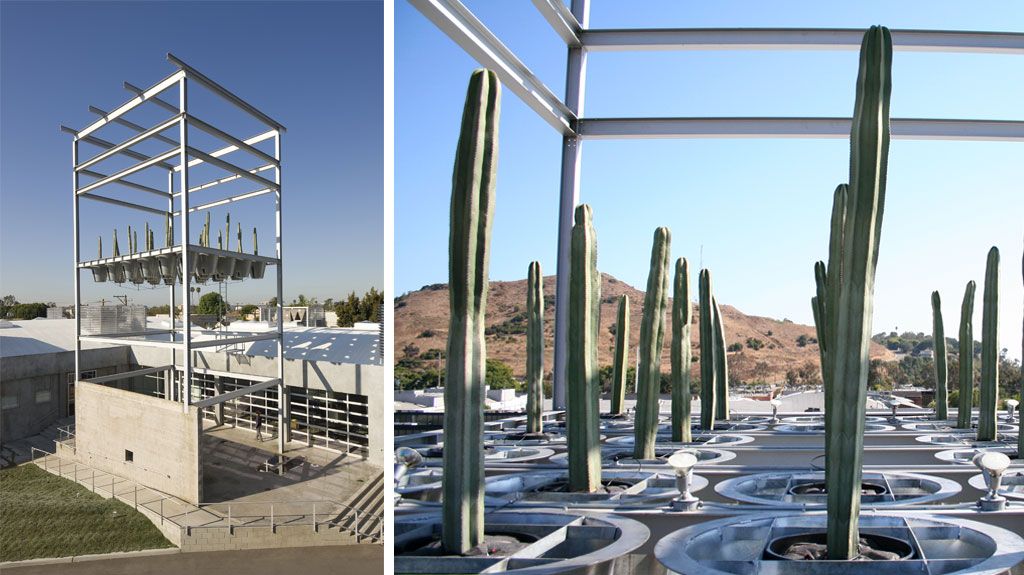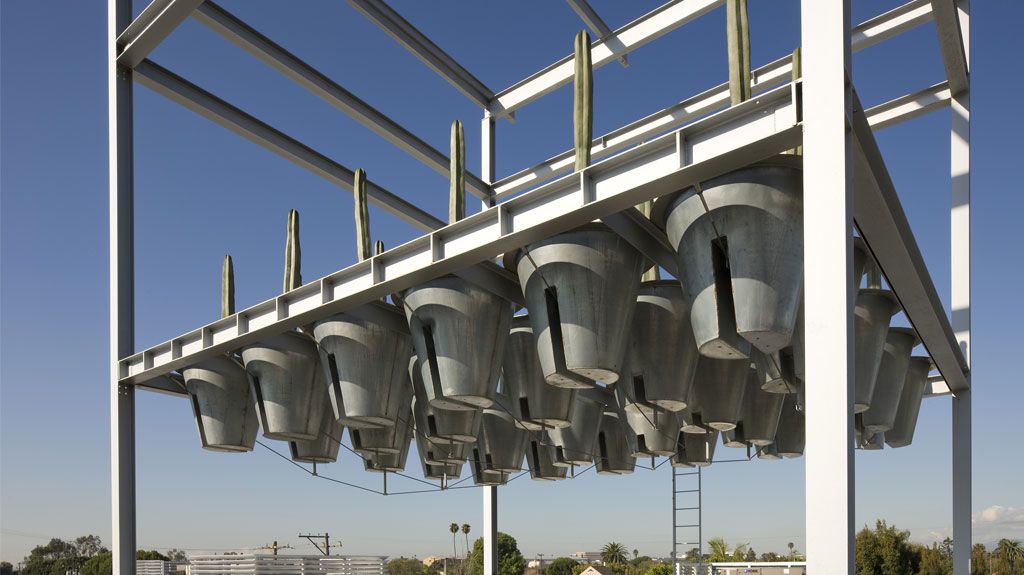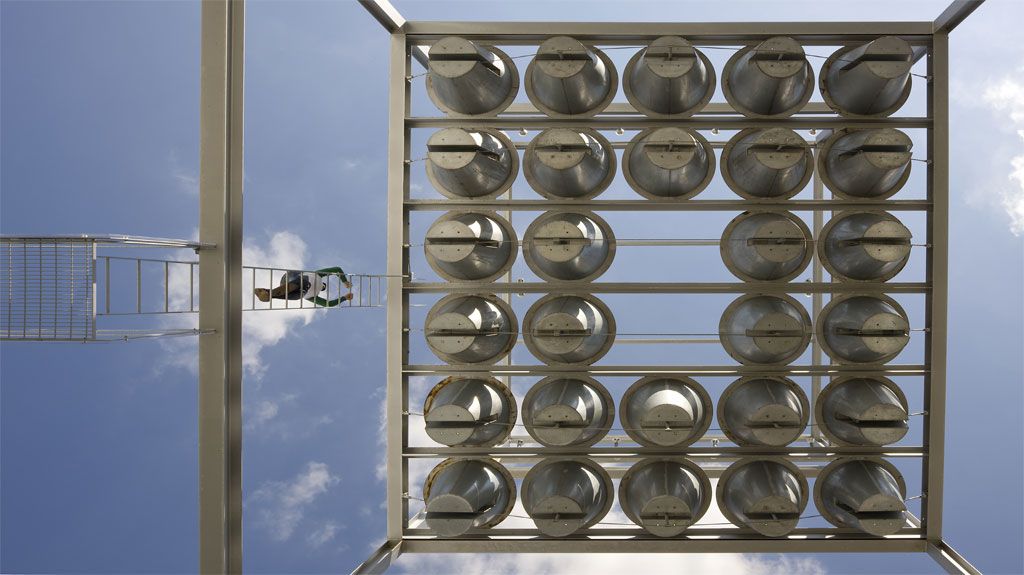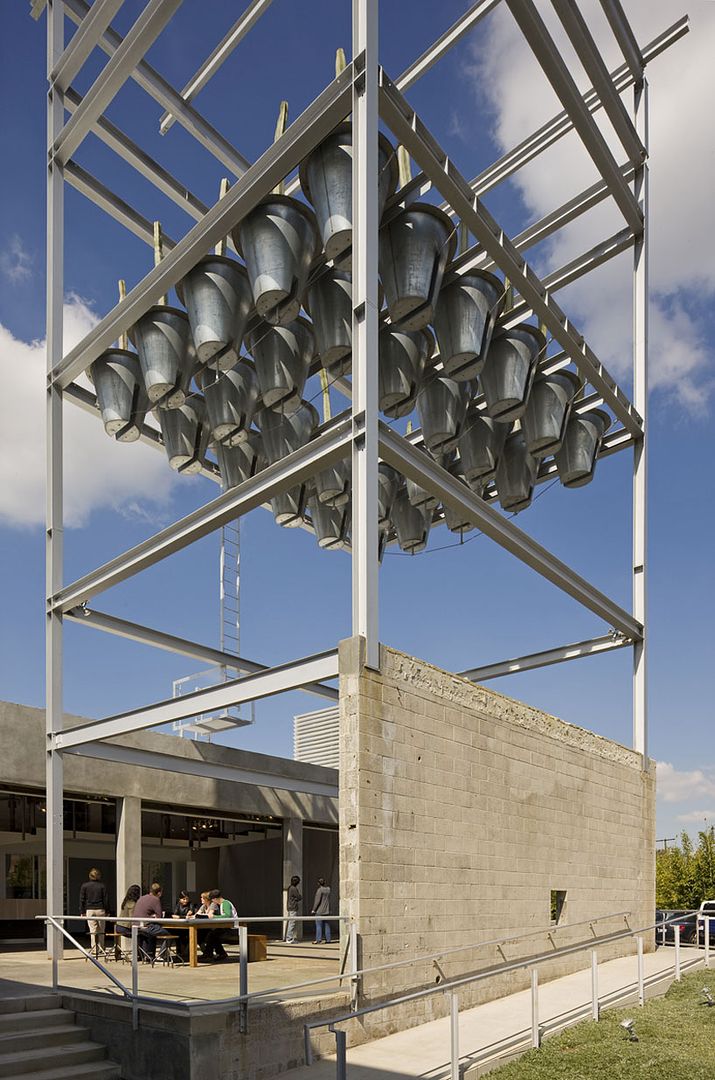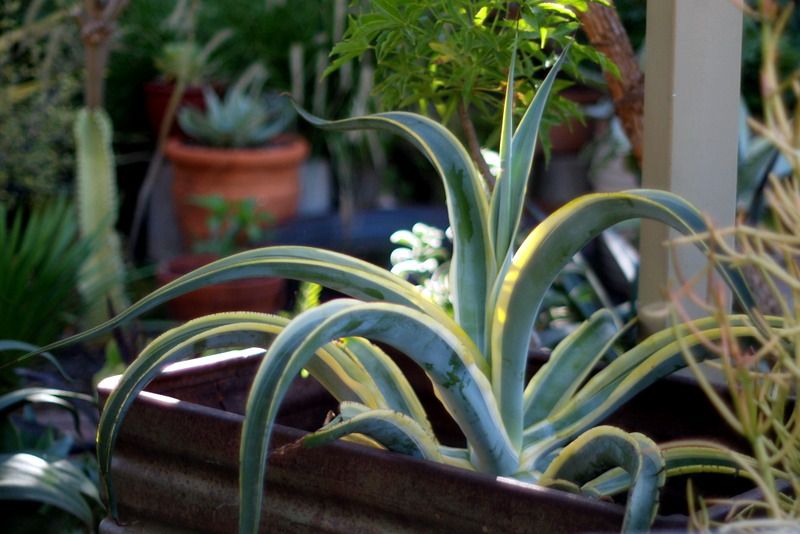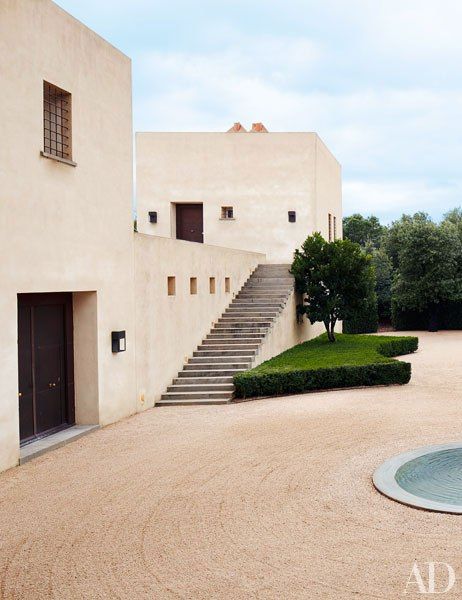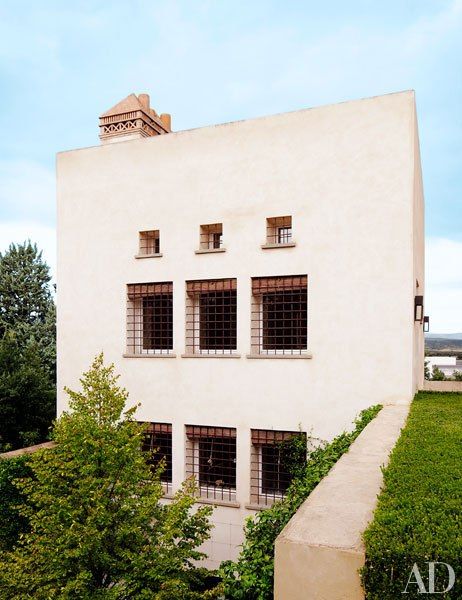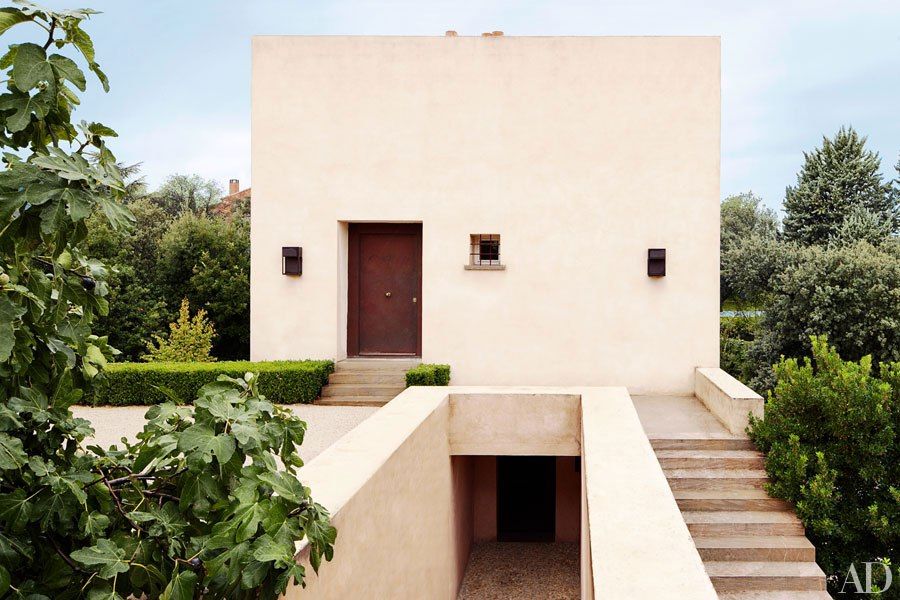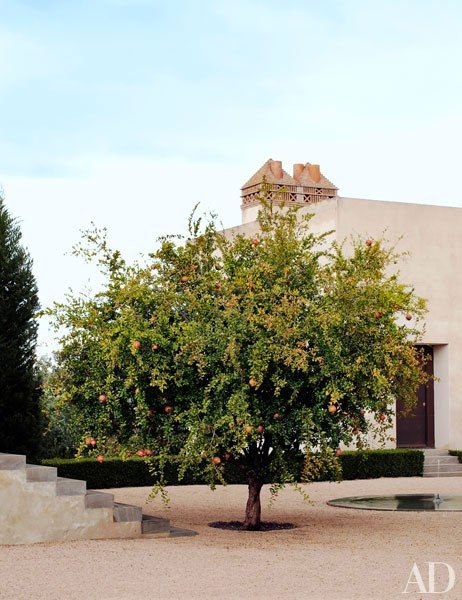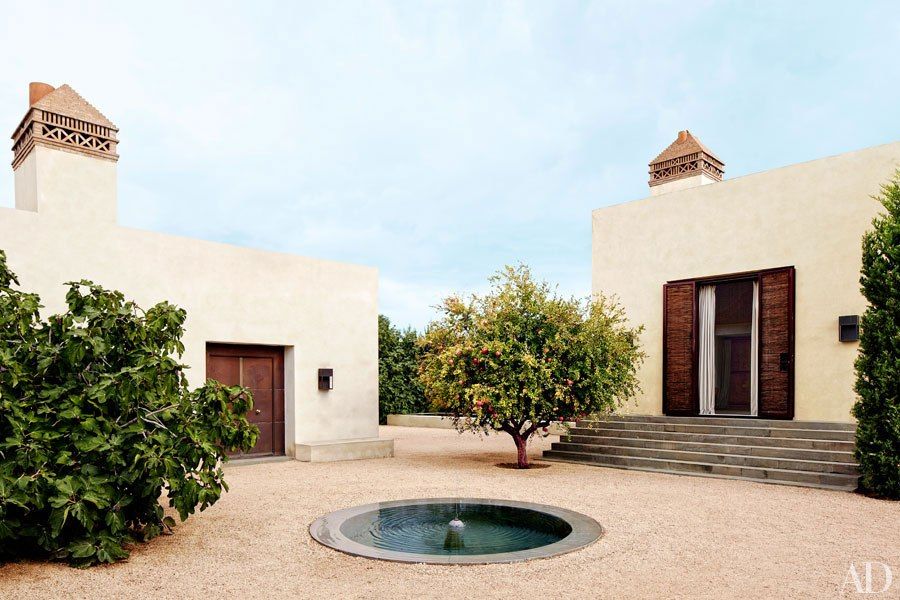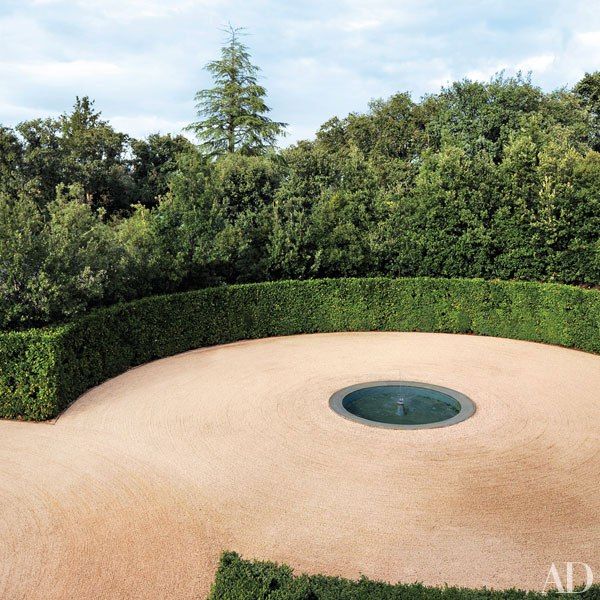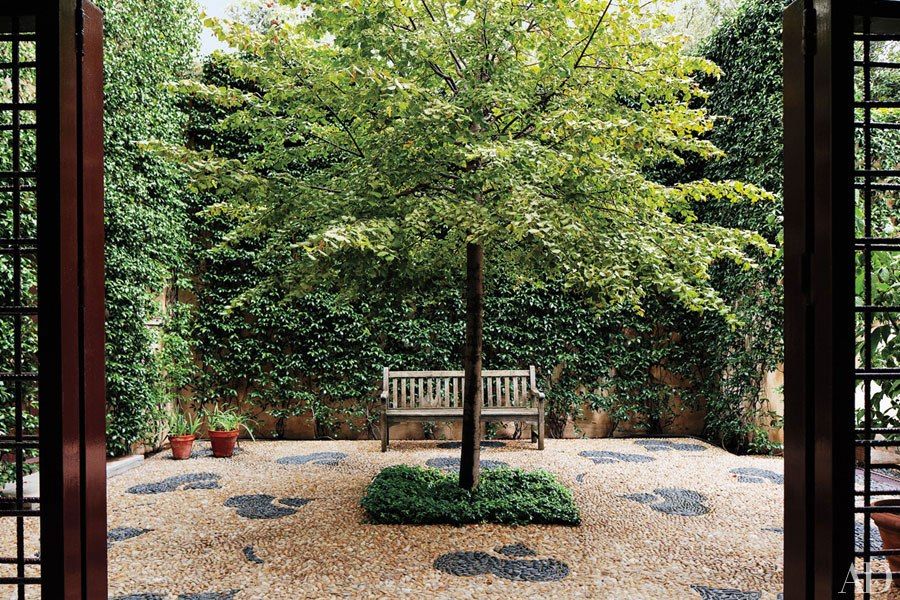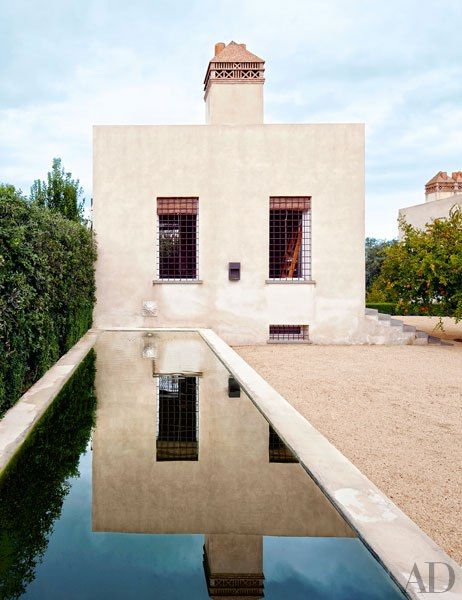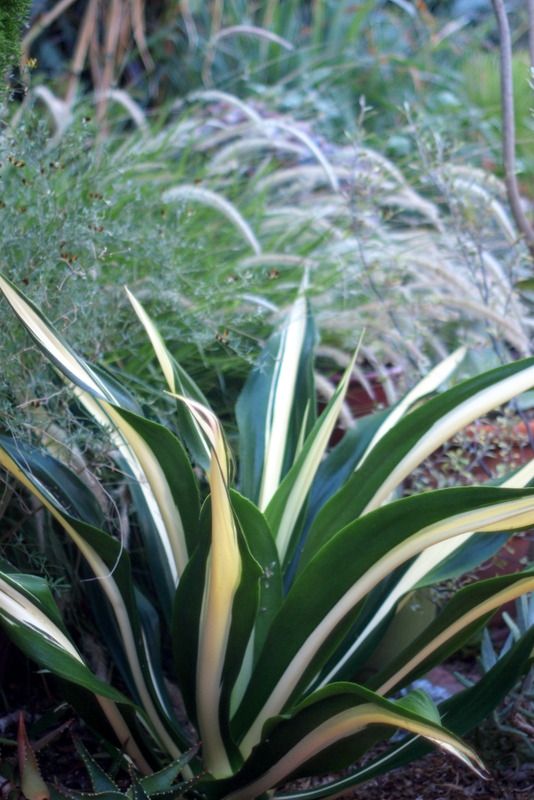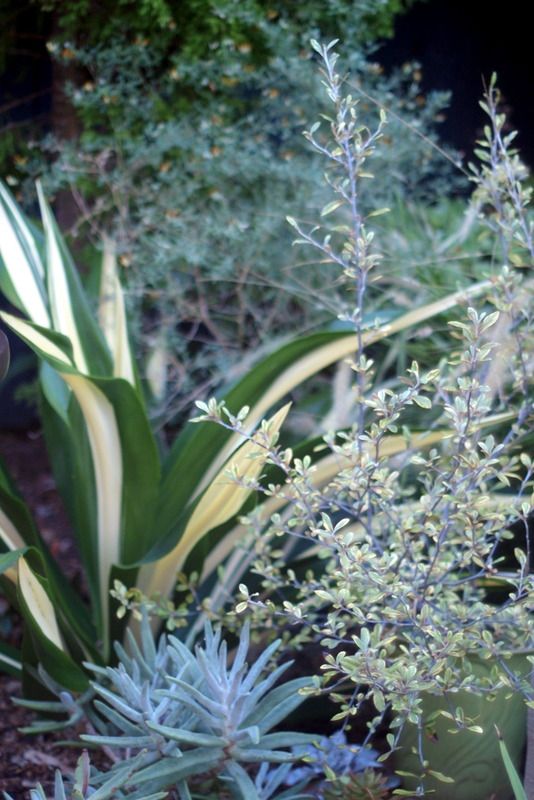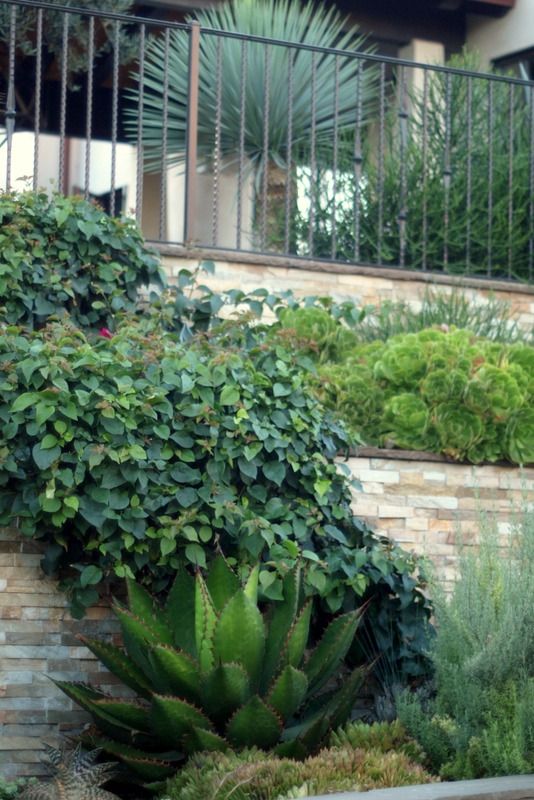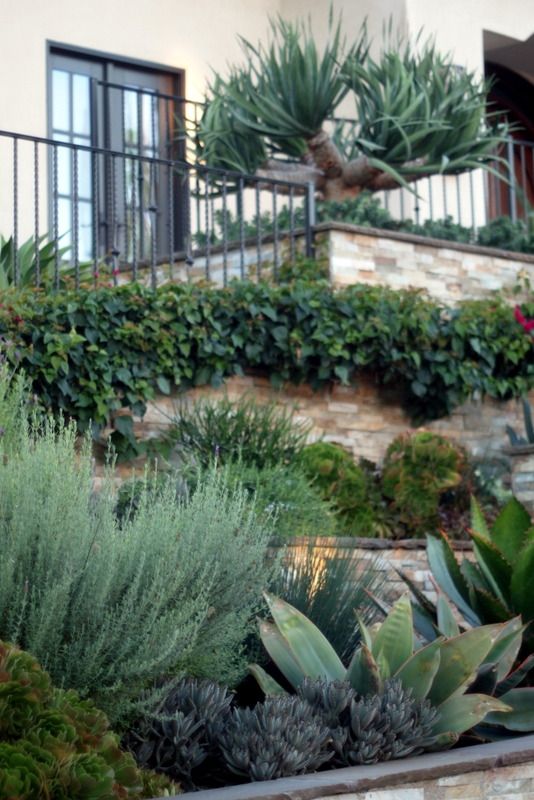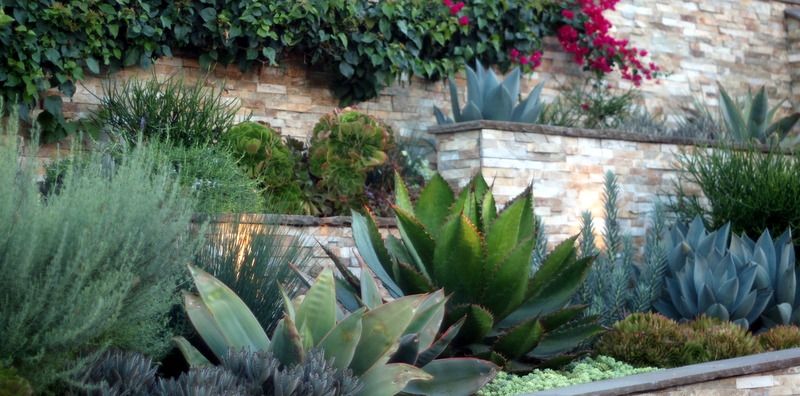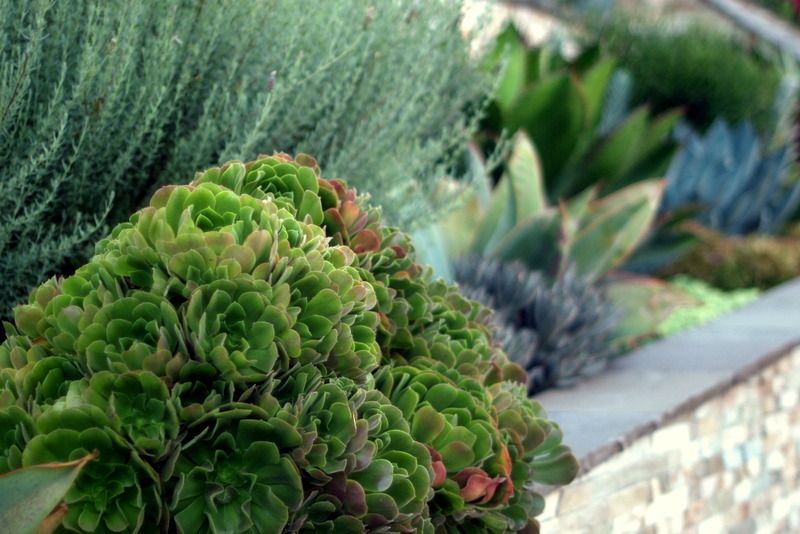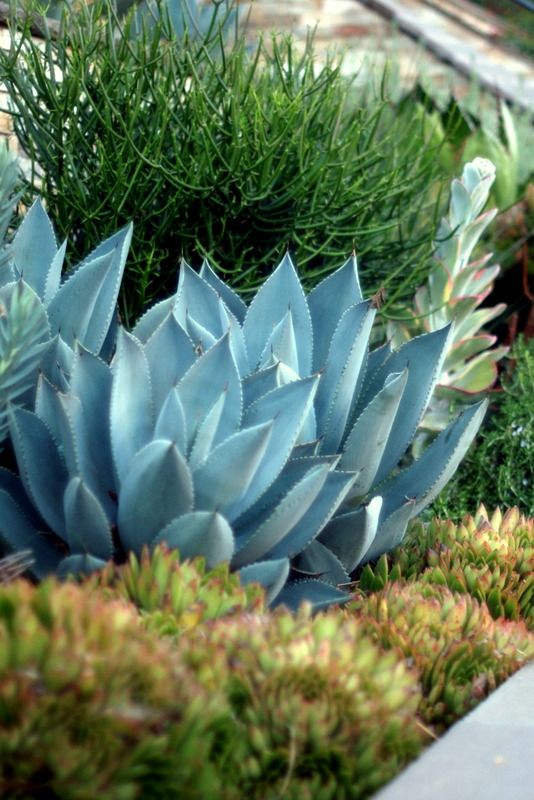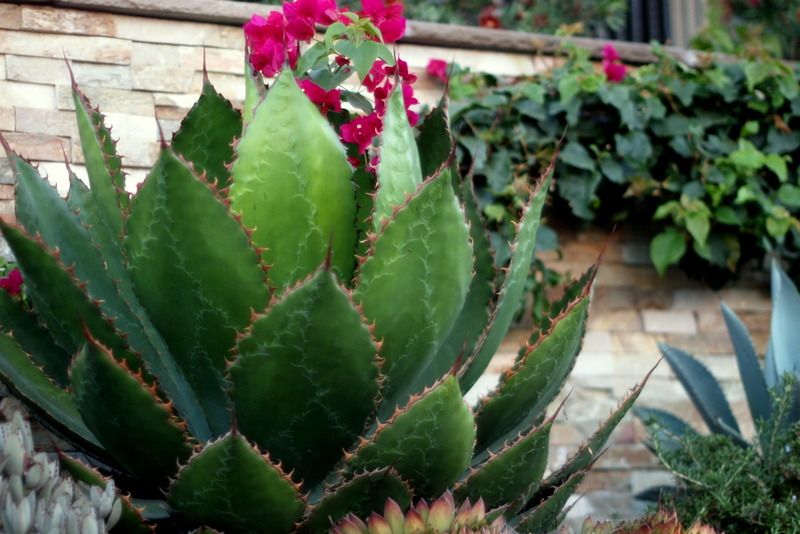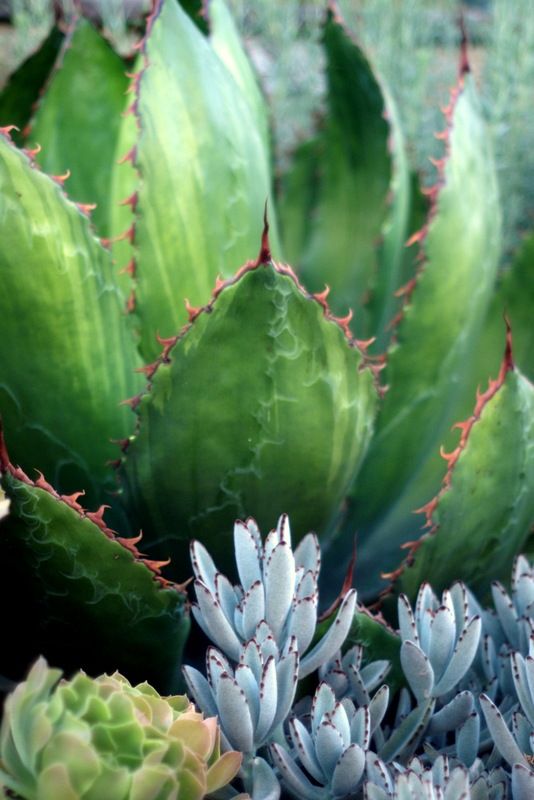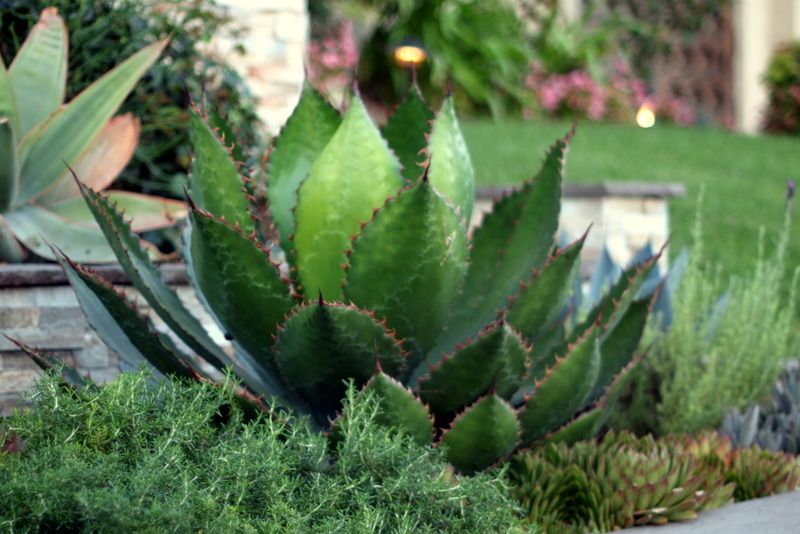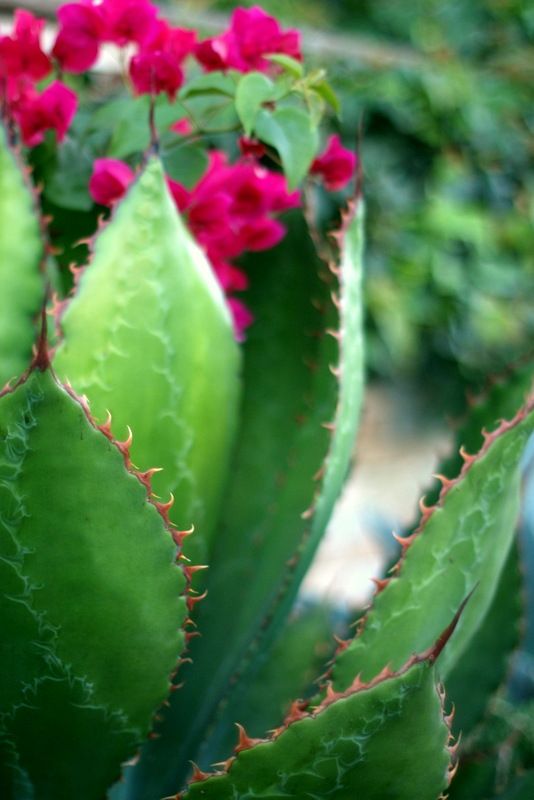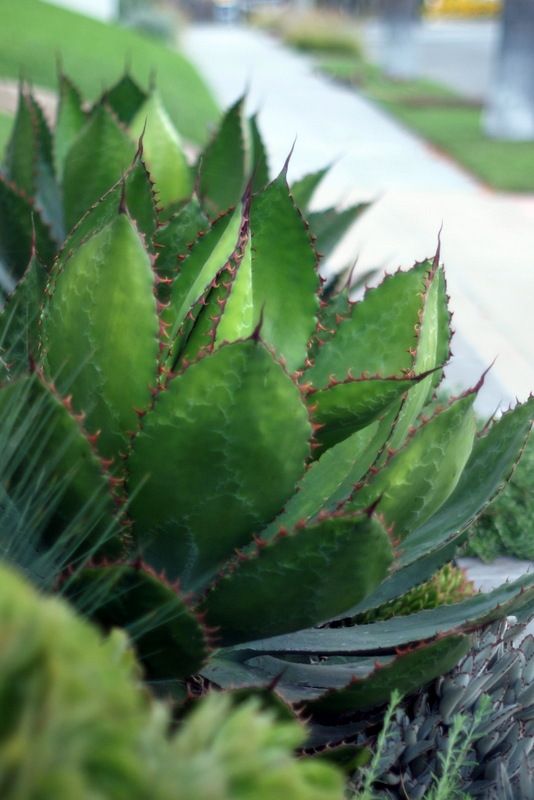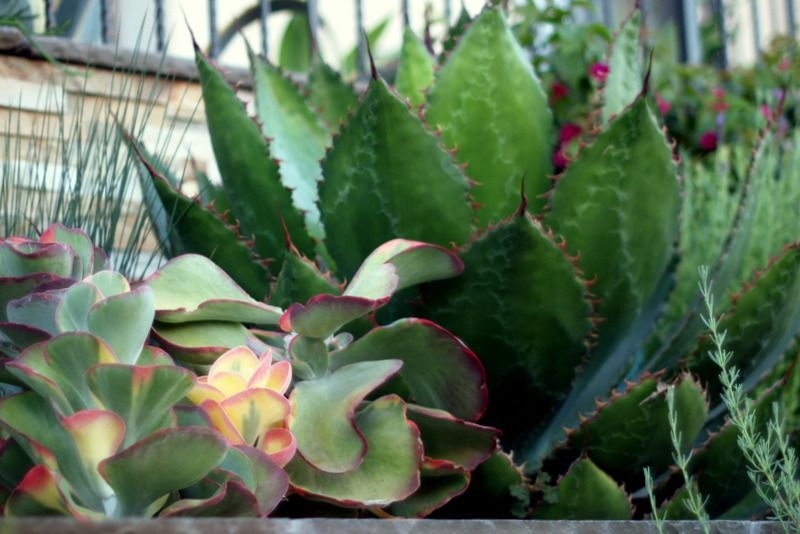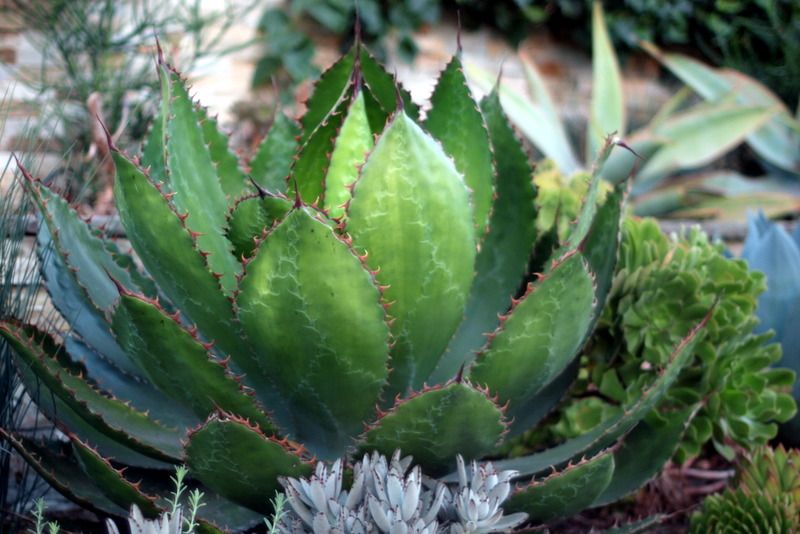
“Before it was constructed, the New York Central Railroad had operated a rail freight line at grade, or street level, along Tenth Avenue, and men on horseback (“West Side cowboys”) had ridden ahead of the train with red flags or lanterns to warn pedestrians of its coming; yet even with this picturesque alarm system, so many careless, inebriated or simply unlucky citizens had gotten run over that the street acquired the notorious name “Death Avenue.” For over 70 years, since the mid-19th century, public outcry had agitated against this danger to life and limb, demanding a safer solution: thus, the High Line.” (Here.)
Completed September 21, 2014, the High Line park has now become many things to many people, its Rashomon effect hashed out in the comments section of the many articles written about its success. It’s been five years since the first phase opened, with the third and final phase finished this fall. Over that span of time, my unadulterated delight at the railway’s rebirth into a park with plantings designed by Piet Oudolf has become complicated by learning of many other divergent reactions, and quite a few outright hostile ones, including accusing the park of being a Trojan Horse hiding rapacious developers. Because of the unimagined success of its new life as a beloved city park and tourist destination, drawing 5 million a year, it’s easy to forget its humble origins in community activism. I’ve seen neighborhood activism up close, and it isn’t always pretty. Contentious, divisive, disillusioning, these are what come to mind. Semi-contemporaneous with the grass-roots conversion of the disused railway line into a public park in NYC, my neighborhood association in Los Angeles was also involved in a grass roots effort concerning a property suffering from extreme landlord neglect, a property that slipped in and out of drug dealing. After years of frustrating engagement with the city at all levels, code, police, planning, the property seemed to magically accelerate on a fast track to a “pocket park,’ a cherished pipe dream of neighborhood activists. All of a sudden, the long-sought grant money was there, the city’s will was no longer wobbly but strong, and after years of dead-end efforts, the pocket park was a go. Plans were approved, the troubled property was sacrificed on the altar of eminent domain, and the park is now a year old. (I had nothing to do with the process, only attending a couple meetings and ceremonies.) The differences in scale between the two projects couldn’t be more stark, but I have to admit I had my doubts that either project would ever get off the ground. Another difference is that, unlike the High Line project, everyone in our neighborhood is wildly enthusiastic about our result. But then our neighborhood is in no danger of developers rushing in to build luxury penthouses to take advantage of views of our pocket park. (Some might say more’s the pity!)
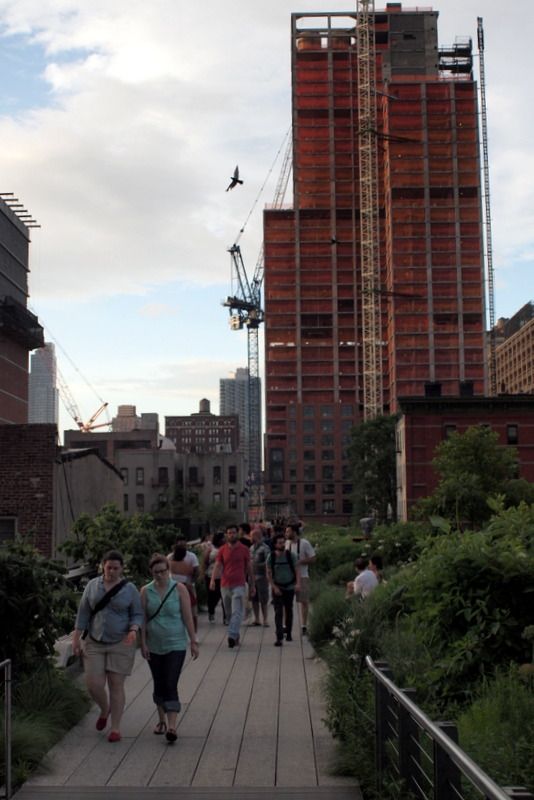
The High Line experienced a similar acceleration when Giuliani and his pro-demolition sympathies left office, replaced by Michael Bloomberg, whose new agenda included finding innovative ways to include more parks despite the seemingly maxed-out density of NYC. The dream of a park in the sky found a powerful champion. With the completion of the final phase, and housebound with a sore throat, I dug a little deeper into the formation of the High Line, and what I found was a mulligan stew of community activism, timely rezoning, and a strange concept called “air rights,” mixed with insatiable appetites for high-end real estate development. The gentrifcation of this former manufacturing neighborhood was going to happen with or without the High Line. As with so many American cities, manufacturing had long decamped. Art galleries and designer ateliers had already moved in. Businesses directly under the disused structure were agitating for its removal to develop their valuable properties skyward. Ultimately, what came to the rescue of these disgruntled businesses as well as park proponents was ingenious manipulation of TDRs (Transferable Development Rights). And built into plans for the High Line’s redesign were considerations for unopposed views and open space that arguably wouldn’t have been a vision for this neighborhood’s growth had the High Line been demolished.

“High Line Adjacency Controls: Required Open Space
A minimum of 20% of the lot area would be required to be reserved as landscaped open space. To provide a visual extension of the High Line, the required open space would be located adjacent to and at a height not to exceed the level of the High Line. The required open space could not front on Tenth Avenue and could be used as a public or private space.” (Here.)
But back to the inception. The owners of the railway, CSX, who acquired it from Conrail in 1998, resisted the swelling outcry for demolition and opted instead to commission a study of potential uses. (Bless CSX for that.) Rail banking was a proposal that intrigued neighborhood residents Joshua David and Robert Hammond, both in attendance at that meeting unveiling the results of the study. (My community garden lies in a disused railway easement, and I wouldn’t be surprised if it’s also a beneficiary of rail banking.) After that momentous meeting, David and Hammond formed the nonprofit Friends of the High Line, fully in support of a park use for the railway.
Along with requisitioning the potential use study, CSX fortuitously hired photographer Joel Sternfeld, whose evocative photos were just the boost the proposed park needed.

photo by Joel Sternfeld 2000
“One of the single most important things that happened to save the High Line in the very early days was when CSX made it possible for Joel Sternfeld’s project to photograph the High Line,” says David.
“They basically made it possible for the world to see what was on top of the High Line.” (Here.)
“In the beginning, we didn’t know what the High Line should ultimately look like. We didn’t know exactly what the design should be. We always thought the community and the city should decide what it should be. Over time, people coalesced around Joel’s photo and when you asked them, “What do you want the High Line to be?” they’d point to Joel’s photos and they’d say, “I want it to be like that.” In some ways, that was the biggest inspiration behind the design, Joel’s photos of the landscape.” (Interview with Robert Hammond Here.)
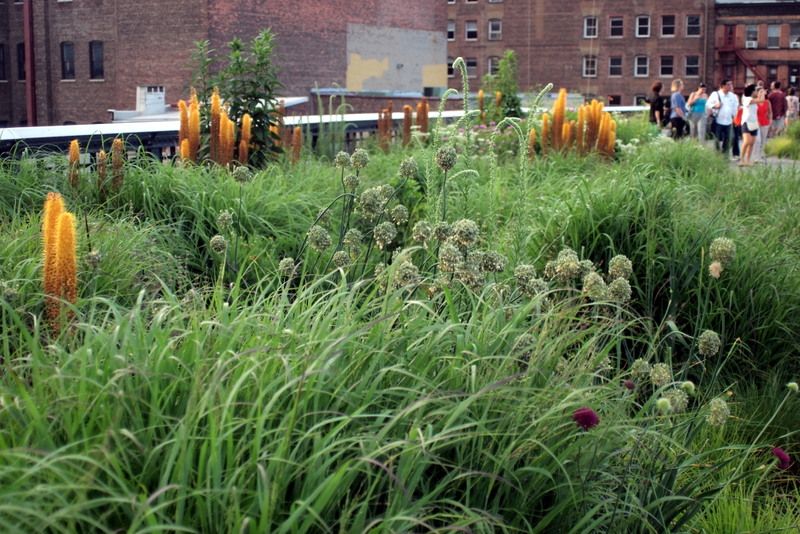
“Now when I see pictures of just the High Line without any people, I realize it wasn’t as good. It’s really beautiful when you have people interacting with the new landscape of the High Line.” — Robert Hammond Here.
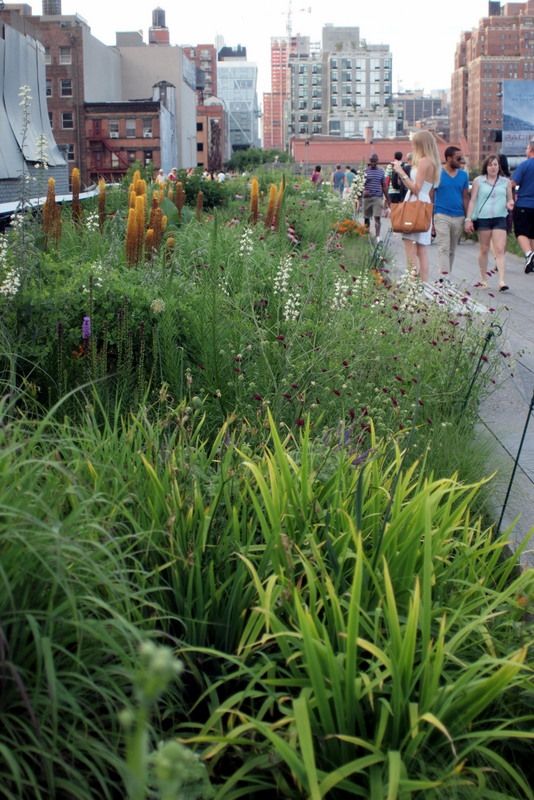
What was striking is that in all my reading, not once was the amazingly complex plantsmanship of Piet Oudolf cited as part of the appeal that lures so many to the High Line. Through his plantings, Oudolf matched the spirit of Sternfeld’s photos of the abandoned railway recolonized by plants.
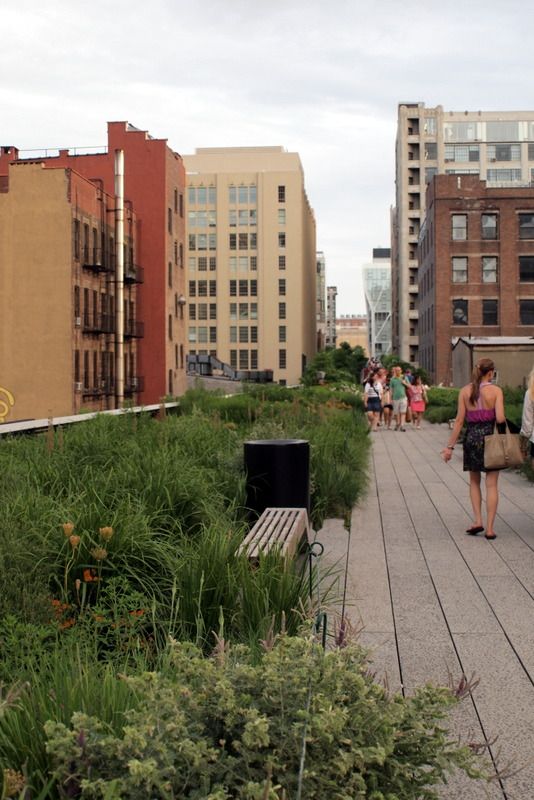
Where once there was a clang and clamor of industry, the noisy, physical manifestation of America’s 20th Century manufacturing might, the old railway has been repurposed for another kind of movement that seems to strike some as aimless, idle, purposeless: people making multivaried use of a park.
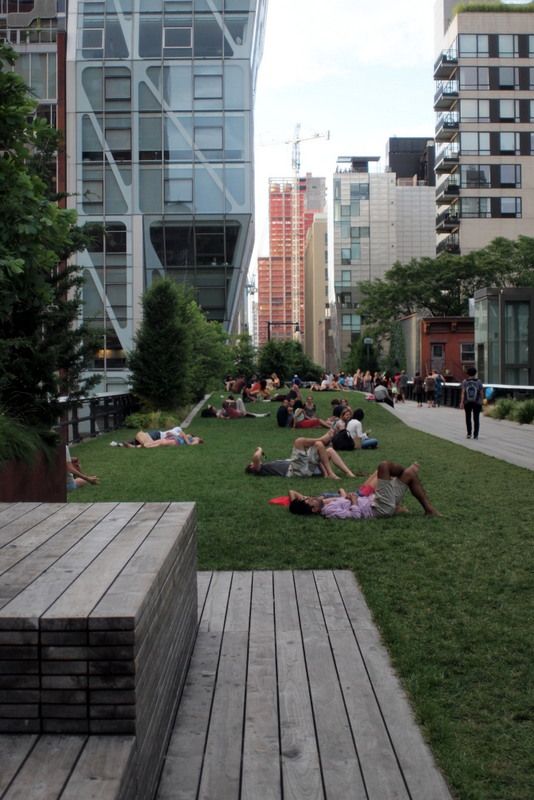
“The fact that this new amenity sprang from older industrial infrastructure says a lot about the current moment in New York’s evolution. A city that had once pioneered so many technological and urban planning solutions, that had dazzled the world with its public works, its skyscrapers, bridges, subways, water-delivery system, its Central Park, palatial train stations, libraries and museums, appears unable to undertake any innovative construction on a grand scale, and is now consigned to cannibalizing its past and retrofitting it to function as an image, a consumable spectacle. Productivity has given way to narcissism; or, to put it more charitably, work has yielded to leisure.” (Here.)
I would argue that instead of cannibalizing the past, the past has been honored and included in the present moment, which is a continuum that the wisest cities respect. I would argue that the High Line gives all of us, not just the 1 percent, million-dollar views of New York. And the fact that funding was found for a park (a park!) and not another sports arena still strikes me as extraordinary and reason enough to celebrate.
I’ve included photos of one of my visits to the High Line in June 2013.

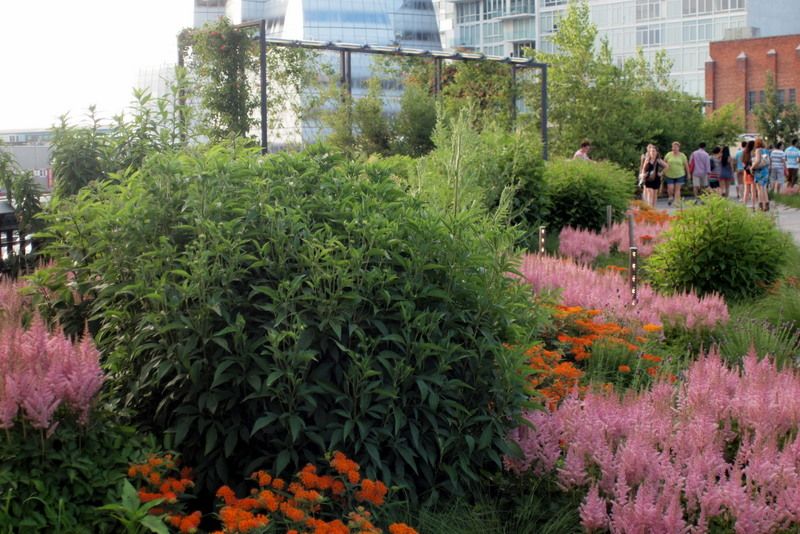
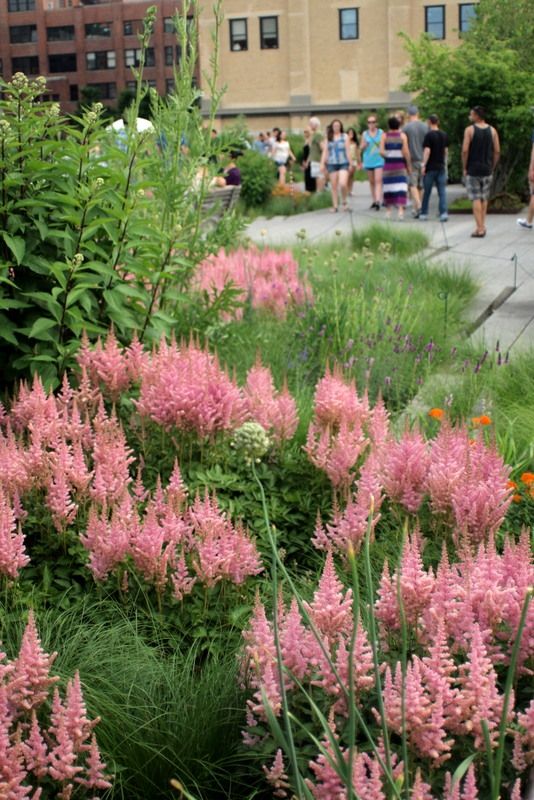
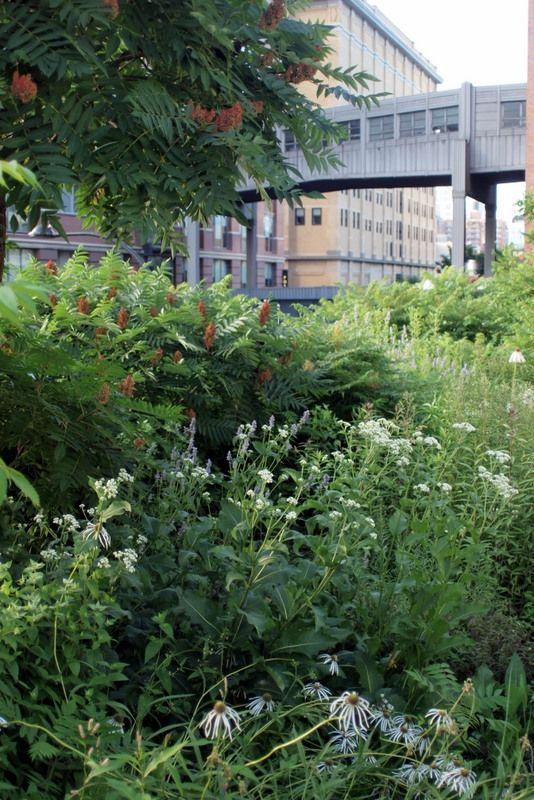
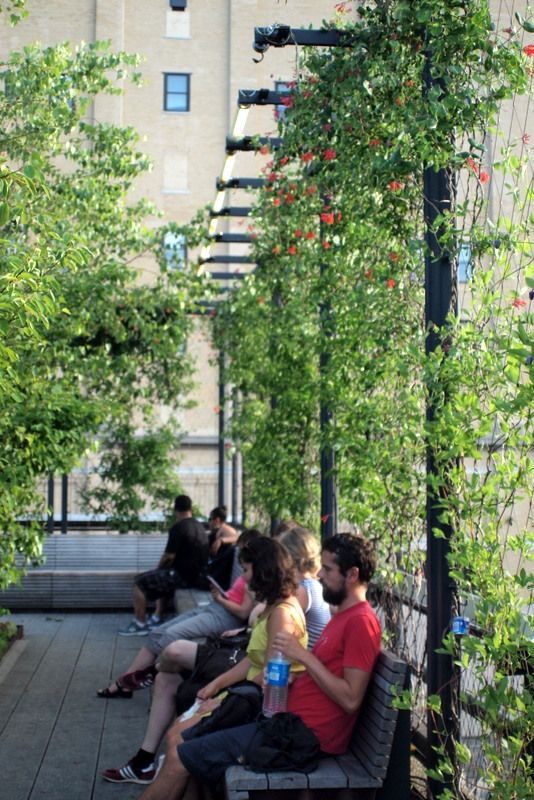

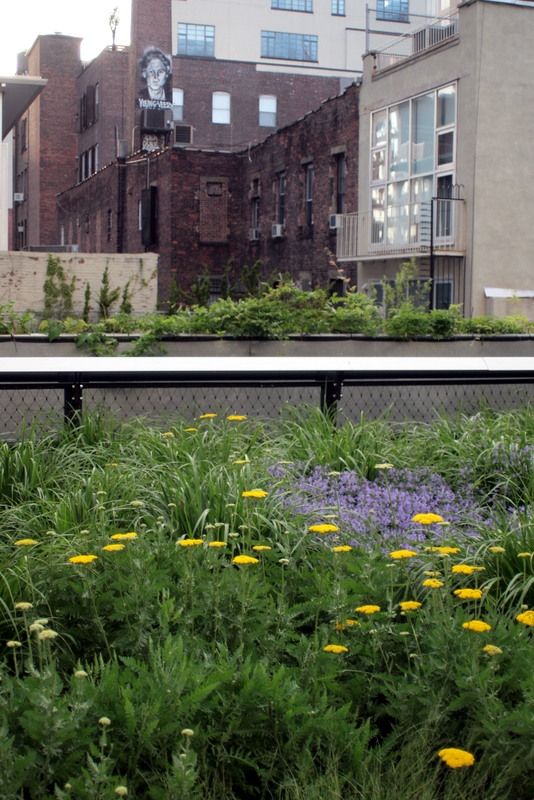
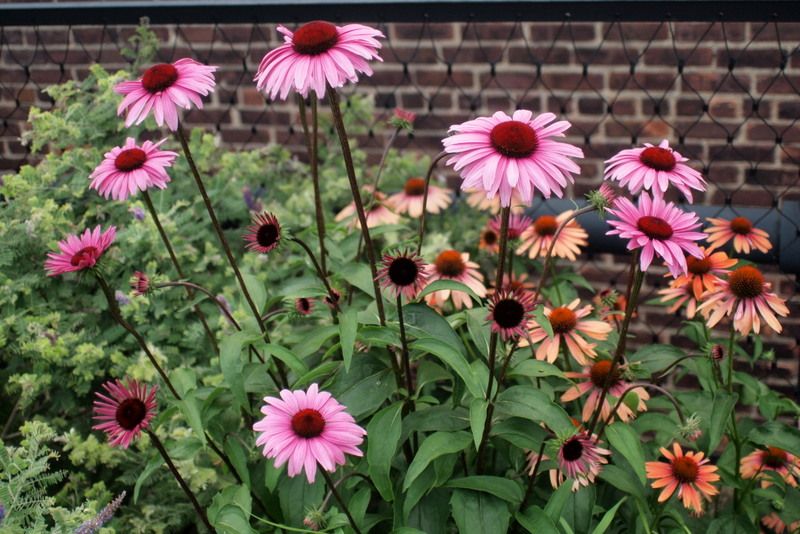
“Railroad lines crisscrossing the country move freight, delivering everything from coal to cars. But one rail line running above the streets on Manhattan’s West Side moves your soul, delivering sanctuary amid coneflower and pink evening primrose.” (Here.)
Reading for this post can found at these links:
http://www.thehighline.org/
http://www.governing.com/topics/transportation-infrastructure/gov-nyc-mayor-bloombergs-urban-planning-legacy.html
http://journalism.nyu.edu/publishing/archives/portfolio/subramanian/HighLine_Resident.html
http://www.asla.org/ContentDetail.aspx?id=34419
http://www.hraadvisors.com/featured/the-high-line/#&panel1-4
http://www.preservationnation.org/magazine/2005/july-august/taking-the-high-line.html
Developers Want Easier Access to High Line Air Rights; But Should City Fix Something That Doesn’t Look Broken?
http://www.mnn.com/lifestyle/responsible-living/sponsorvideo/improbable-journey-the-story-of-new-yorks-high-line
http://www.nyc.gov/html/dcp/html/westchelsea/westchelsea3b.shtml

